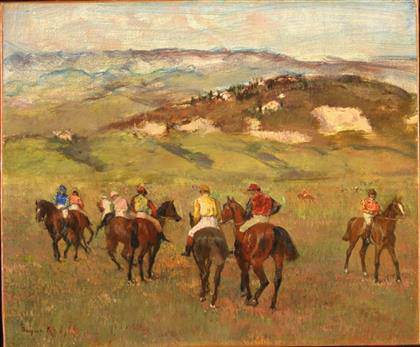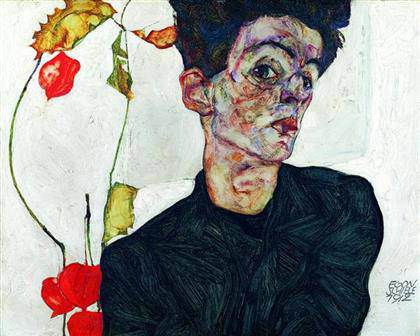
John Constable
The Hay Wain (1821)

John Constable
Salisbury Cathedral from the Meadows (1831)
Constable: The Making of a Master – V&A London On view at the Victoria & Albert Museum London, from 20 September 2014 to 11 January 2015, ‘Constable: The Making of a Master’ re-examine the work of John Constable (1776-1837), Britain’s best-loved artist.]]>
Source: Victoria & Albert Museum, London
“Constable: The Making of a Master” juxtaposes Constable’s work for the first time with the art of17th-century masters of classical landscape such as Ruisdael, Rubens and Claude, whosecompositional ideas and formal values Constable revered. On display are such celebratedworks as “The Hay Wain” (1821), “The Cornfield” (1826) and “Salisbury Cathedral from the Meadows” (1831),together with oil sketches Constable painted outdoors directly from nature, which are unequalledat capturing transient effects of light and atmosphere. The exhibition brings together over 150works of art including oil sketches, drawings, watercolours and engravings
Born in East Bergholt, Suffolk on 11 June 1776, John Constable was the second son of a gentlemanfarmer and mill owner. Whilst working in the family business he became intimately familiar withthe countryside around the River Stour and sketched observations of nature and the scenery andmotifs of the Suffolk countryside. Given permission by his father to pursue art, he travelled toLondon in 1799 where he studied at the Royal Academy of Arts. He was schooled in the old masters,meticulously copying their work and reflecting on their compositions in his individual style. Ondisplay are paintings including “Moonlight Landscape” (1635-1640) by Rubens and “Landscape witha Pool” (1746-7) by Gainsborough, which inspired Constable’s early practice.
Constable made a number of close copies of the old masters which he referred to as a “facsimile…amore lasting remembrance.” Paintings including Claude’s “Landscape with a Goatherd and Goats”(c.1636-7) and Ruisdael’s “Windmills near Haarlem” (c.1650-52), as well as etchings and drawings byHerman van Swanevelt and Alexander Cozens, are displayed alongside Constable’s own directcopies, many of which are brought together for the first time since they were produced almost200 years ago. Constable also owned an extensive art collection that included 5000 etchingsprincipally by 17th-century Dutch, Flemish and French landscape painters, which became a vitalresource for his own image making.
Outdoor sketching was central to Constable’s working method. The 1810s saw the beginning of aseries of expressive oil sketches and drawings in the open air, capturing the changes of weatherand light in his native countryside. His naturalistic representation of the landscape and use ofbroad brushstrokes and impasto technique challenged conventions and brought the genre ofoutdoor oil sketching to a new level of refinement. Examples of his cloud studies, includingsketches of Hampstead Heath and Brighton Beach, demonstrate Constable’s innovative andpoetic evocations of land, sea and sky.
Related content
Constable’s ‘Salisbury Cathedral’ saved for the UK (news, May 2013)
Follow us on:


